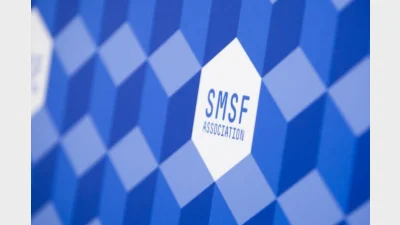SMSFs claim LRBA misrepresentation



Self-managed superannuation funds (SMSFs) have not been unduly influential in driving the residential housing market, according to the SMSF Association.
Drawing on the most recent Australian Taxation Office (ATO) data, SMSF Association chief executive, John Maroney declared it was completely wrong for some superannuation bodies to seek to portray SMSFs as a market mover when it comes to residential housing.
“When the Sydney and Melbourne property markets, in particular, were enjoying strong growth, there was ill-informed comment that SMSF investment in residential property was a key factor fuelling prices, especially as these funds had access to debt via Limited Recourse Borrowing Arrangements (LRBAs),” he said.
However, Maroney said that the most recent ATO annual statistics to 30 June, 2016 showed that SMSFs held $25.4 billion in LRBAs, with these financial instruments being predominantly used to invest in residential and non-residential property in an almost 50-50 split.
“That estimated $12 billion where SMSFs have used LRBAs to invest in residential housing has to be put in the context of a $6.05 trillion housing market as of June 2016,” he said. “In other words, LRBAs comprise only 0.20 per cent of the housing market – hardly a figure to shake the market.”
Maroney said he believed the selective use of statistics to portray SMSFs as a “market mover” in the residential property market represented just one example of how the SMSF sector was being “unfairly targeted” regarding property investment.
“Critics cite the fact that SMSF borrowings grew 50 times, from $497 million in June 2009 to $25.4 billion by June 2016, with more than 90 per cent of it related to property,” he said. “What they fail to add is that LRBAs still only make up 4 per cent of SMSF assets at $25.4 billion, that they started from a small base in 2009, and a change in the way the ATO reported LRBA statistics in 2013, when the figure was revised from $2.6 billion to $8.3 billion, has distorted the statistical analysis.”
“It has also been stated that in the five years to 30 June 2016, SMSFs with borrowings increased from four per cent to nine per cent and that the average amount borrowed also rose four per cent%, from $356,000 to $372,000,” Maroney said. “This has taken LRBA analysis out of context. The fact is only 6.92 per cent of SMSFs have LRBA borrowings, and of this percentage only 5.97 per cent relate to Australian property.”
Recommended for you
The impact of identity theft and its threat to superannuation savings were highlighted in a case that went before the Federal Court at the end of 2023.
A recent NSW Supreme Court decision is an important reminder that while super funds may be subject to restrictive superannuation and tax laws, in essence they are still a trust and subject to equitable and common law claims, says a legal expert.
New research from the University of Adelaide has found SMSFs outperformed APRA funds by more than 4 per cent in 2021–22.
The SMSF Association has made a number of policy recommendations for the superannuation sector in its pre-budget submission to the government.









